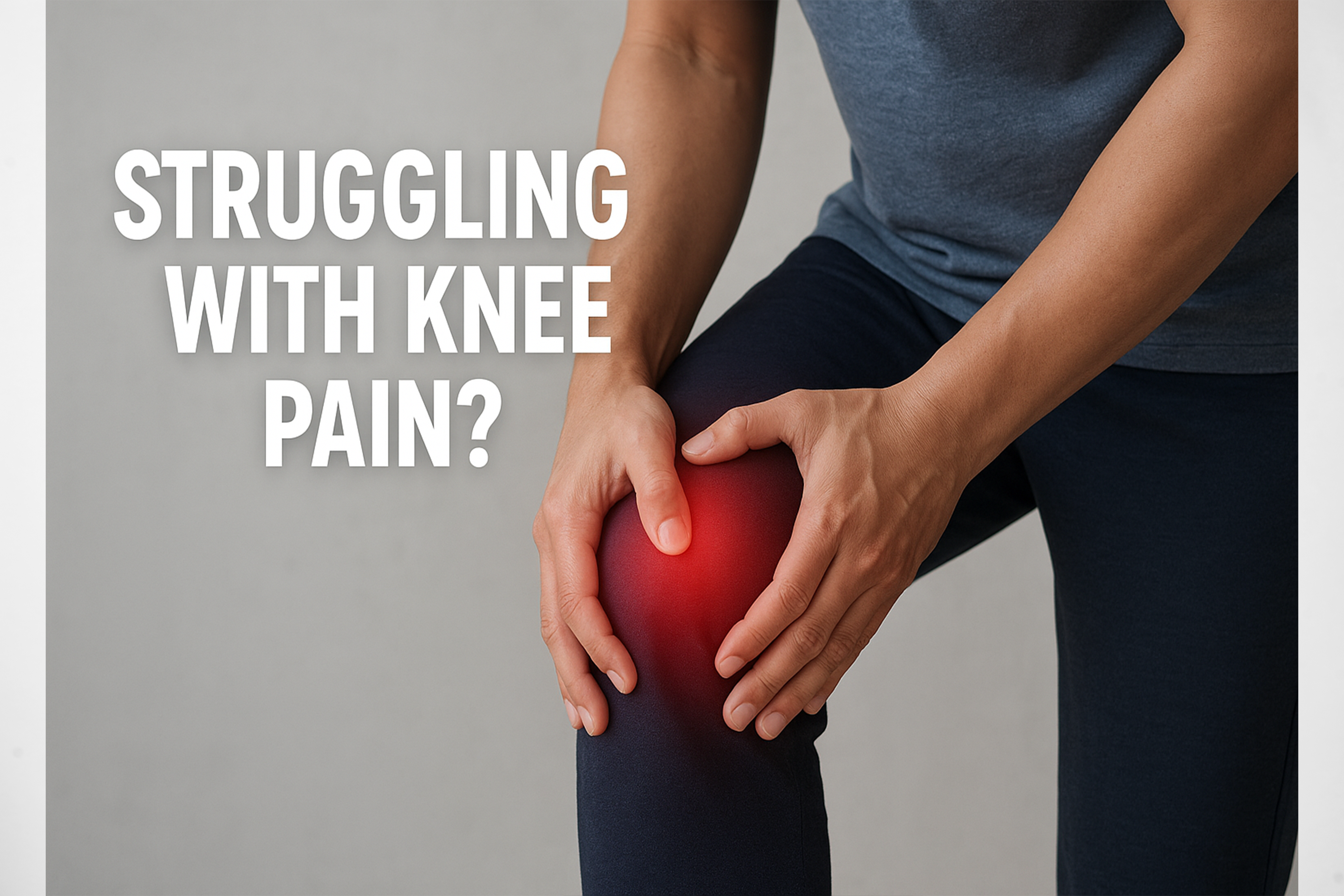
Struggling with knee pain? Our guide offers insights into symptoms and practical solutions to help you manage discomfort and improve mobility effectively. Dr Mahesh Ortho & Spine Centre, Knee pain is one of the most common musculoskeletal problems affecting people of all ages.
Whether you are an athlete, office worker, or senior citizen, knee pain can interfere with daily activities, mobility, and overall quality of life.
From sudden injuries to long-term wear and tear, there are several reasons why knee pain develops.
Understanding its causes, symptoms, and treatments can help in early management and prevention.
1. Anatomy of the Knee
The knee is the largest and most complex joint in the human body. It connects the thigh bone (femur) to the shin bone (tibia). Supporting structures include:
Cartilage: Cushions the bones and allows smooth movement.
Meniscus: Two wedge-shaped pieces of cartilage that act as shock absorbers.
Ligaments: Provide stability (ACL, PCL, MCL, LCL).
Tendons: Connect muscles to bones.
Synovial fluid: Lubricates the joint.
When any of these structures are injured, inflamed, or worn out, knee pain occurs.
2. Common Causes of Knee Pain
Injuries
ACL tear: A common sports injury caused by sudden twisting.
Meniscus tear: Occurs when the cartilage is torn due to forceful twisting.
Fractures: Broken bones around the knee, often due to accidents.
Tendonitis: Inflammation of tendons, often seen in runners or jumpers.
Medical Conditions
Osteoarthritis: Degenerative joint disease due to cartilage breakdown.
Rheumatoid arthritis: An Autoimmune condition causing joint inflammation.
Gout: Build-up of uric acid crystals in the joint.
Bursitis: Inflammation of fluid-filled sacs (bursae) that cushion the knee.
Lifestyle & Other Factors
Excess body weight puts pressure on the knees.
A sedentary lifestyle weakens muscles around the joint.
Overuse injuries due to repetitive stress.
3. Symptoms of Knee Pain
Swelling and stiffness.
Redness and warmth around the joint.
Difficulty in bending or straightening the knee.
A grinding or popping sensation.
Weakness or instability (feeling that the knee will give way).
4. When to See a Doctor
Seek medical attention if you experience:
Severe swelling or deformity.
Inability to bear weight on the knee.
Sudden locking or inability to move the knee.
Chronic pain lasting more than a few weeks.
5. Diagnosis
Doctors may use the following to identify the cause:
Physical examination (checking range of motion and tenderness).
X-rays (to detect fractures and arthritis).
MRI scans (for ligament and cartilage injuries).
Blood tests (for rheumatoid arthritis or gout).
Treatment Options
1. Self-Care and Home Remedies
RICE method: Rest, Ice, Compression, Elevation.
Over-the-counter pain relievers (ibuprofen, paracetamol).
Weight management to reduce stress on the knees.
Gentle stretching and strengthening exercises.
2. Medical Treatments
Prescription anti-inflammatory drugs.
Corticosteroid injections for inflammation.
Hyaluronic acid injections to improve lubrication.
Platelet-rich plasma (PRP) therapy for healing.
3. Physical Therapy
Strengthening the quadriceps and hamstrings.
Improving flexibility and balance.
Correcting walking or posture patterns.
4. Surgical Options
Arthroscopy: Minimally invasive surgery to repair ligaments or remove debris.
Partial knee replacement: Replacing damaged sections of the joint.
Total knee replacement: For severe arthritis or injury.
• Preventing Knee Pain
Maintain a healthy weight.
Warm up before exercise and cool down afterward.
Wear supportive footwear.
Avoid sudden high-impact movements.
Include low-impact exercises like swimming, cycling, or yoga.
• Lifestyle Tips for Healthy Knees
Stay physically active, but avoid overtraining.
Focus on strength training (especially legs and core).
Maintain good posture while sitting, standing, or walking.
Use knee braces or supports if prone to injuries.
- Final Thoughts
Knee pain is not just a sign of aging—it can affect anyone. While mild discomfort may improve with rest and home remedies, persistent or severe knee pain requires professional medical attention. Early diagnosis and proper treatment can prevent further damage and restore mobility.
Taking care of your knees today ensures you can walk, run, and enjoy life without limitations tomorrow.